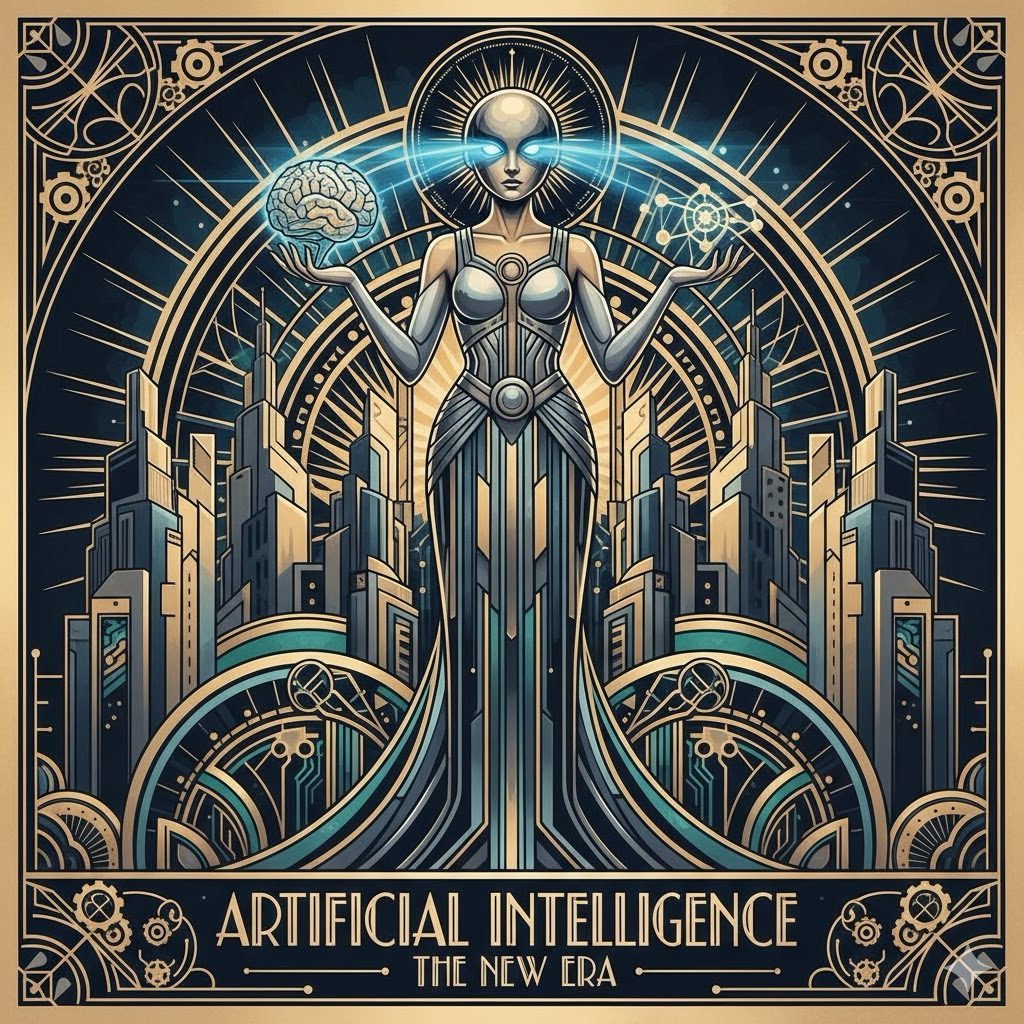Definition and Challenges of Artificial Intelligence
Artificial Intelligence (AI) refers to the capability of computers to perform tasks traditionally executed by humans, such as learning, problem-solving, and decision-making. The objective is to develop machines capable of mimicking human behaviour or intelligence. However, this definition is broad, and differing viewpoints may exist. The primary challenge lies in establishing a consensus on the definition of human intelligence, let alone Artificial Intelligence. Machines operate differently from human brains, yet we anticipate such a capability. They process information in binary (0s and 1s), whereas our brains utilise electrical impulses, which can exhibit similarities in this regard.
The Human Brain and Machine Processing
The human brain possesses an astonishing 86 billion neurons interconnected. The concept posits that if a sufficiently large machine were constructed, it could replicate the processing power of the brain. The emergence of Large Language Models (LLMs) such as ChatGPT and Gemini has bolstered the notion that highly intelligent machines capable of competing and surpassing human intelligence can be created.
Enthusiasm and Apprehension Surrounding AI
This development has engendered both enthusiasm and apprehension. Some perceive it as a potential solution to global challenges like climate change, while others view it as an existential threat to humanity. The concept of the singularity is cited as a potential concern: when AI surpasses human cognitive ability and decides to address the world’s problems by eliminating humanity.
The Role of AI in Society
Regardless of one’s stance, AI is poised to remain an integral component of our lives. While there is undoubtedly significant hype surrounding AI, venture capitalists are investing substantial sums in this industry, and nation-states are recognising its potential as both a weapon and an economic power tool.
Accessibility and Development of AI/ML
Artificial Intelligence (AI) and Machine Learning (ML) have garnered a reputation for their enigmatic and intricate nature. However, they have become increasingly user-friendly and accessible, enabling individuals to develop their own applications from scratch. Consequently, I have authored a tutorial (with the assistance of the Coding Train, as referenced) to facilitate the comprehension of how machine learning or AI models function.
The Broader Landscape of AI Development
Although the AI industry comprises numerous large players, it is crucial to acknowledge that this represents only a fraction of the broader landscape. The development of innovative ideas, applications, and imaginative solutions to challenges requires the participation of a diverse range of individuals. As with any emerging technology, AI/ML will attract individuals from various backgrounds and motivations. Therefore, why not consider contributing to this field?
Understanding AI/ML Models
To gain a comprehensive understanding of the functioning of most AI/ML models, it is essential to examine the underlying algorithm known as a Neural Network.
Links
Three useful links for further reading:




